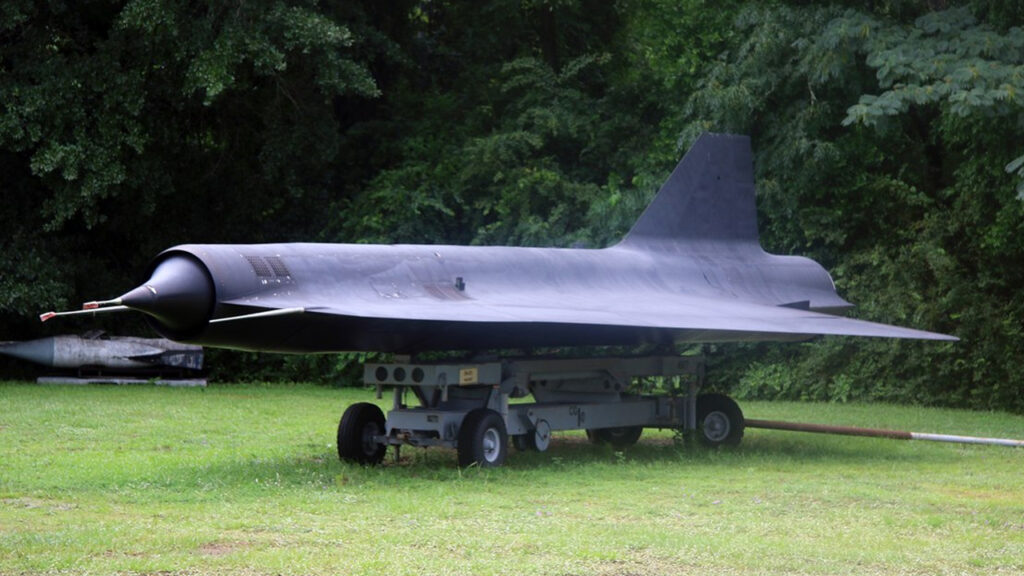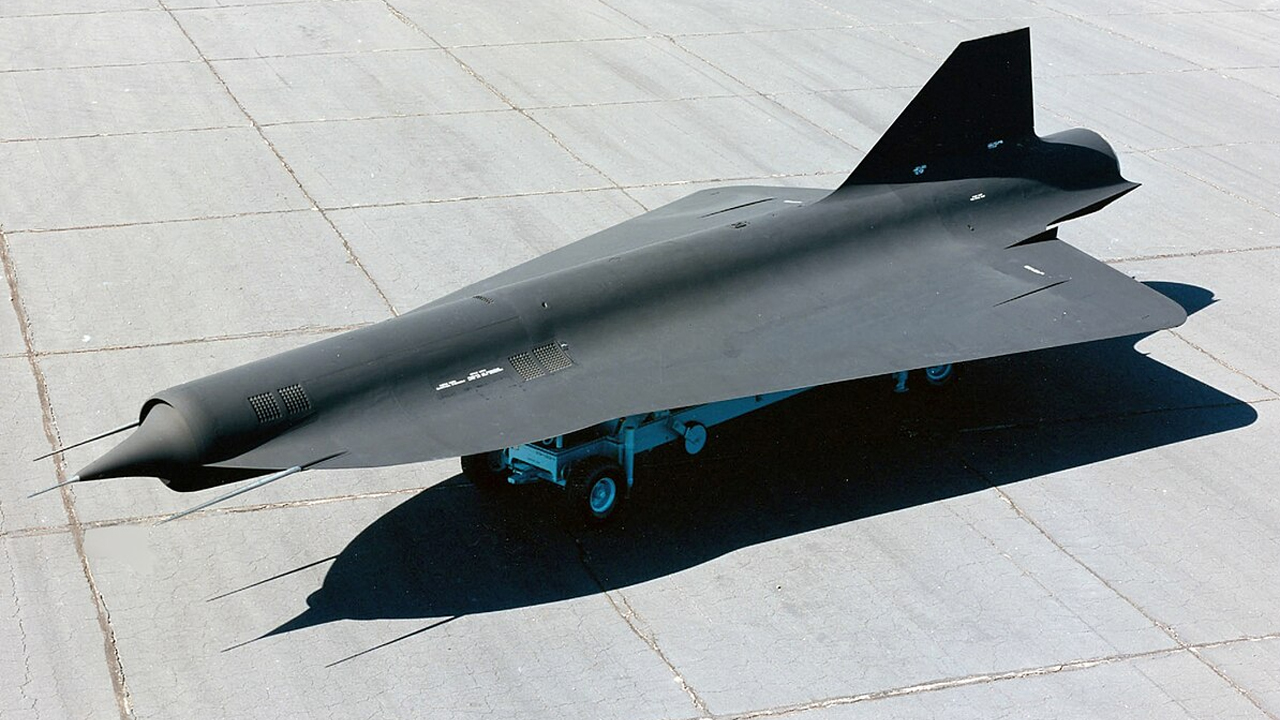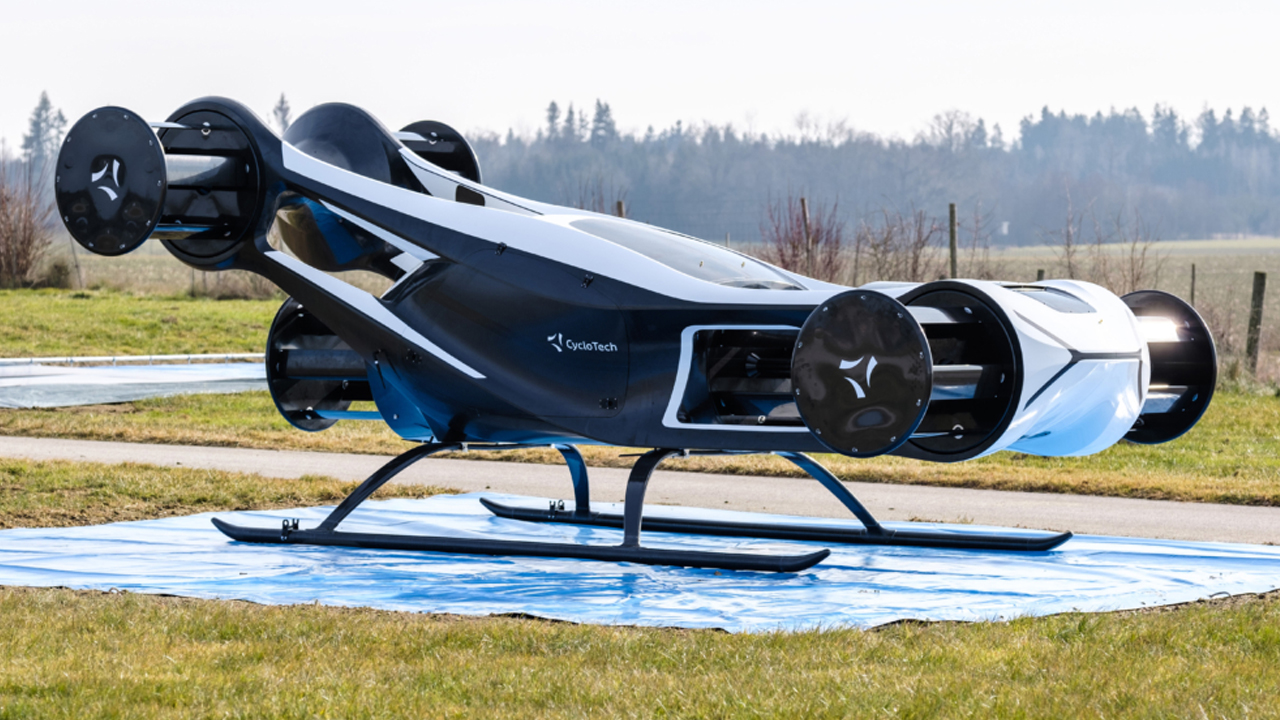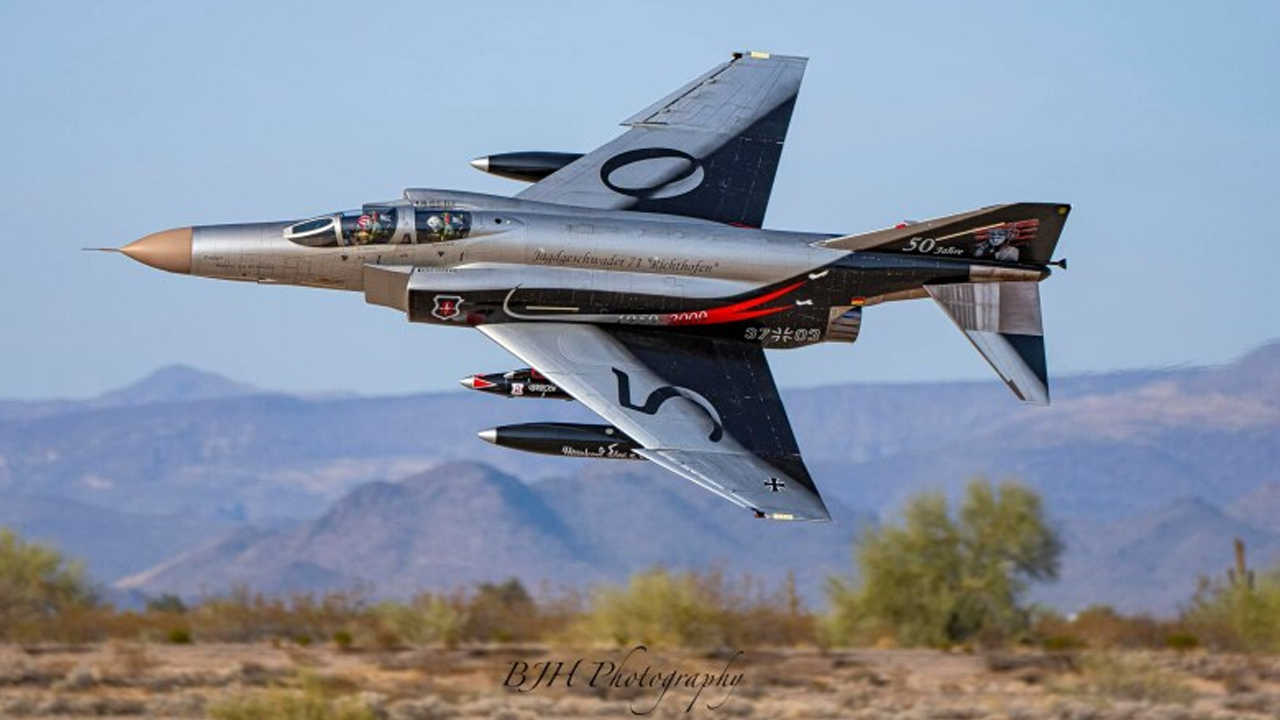At the peak of Cold War tensions, the U.S. unveiled one of the most ambitious reconnaissance tools ever conceived—the Lockheed D-21. This uncrewed, supersonic drone was designed to fly at Mach 3.3 and at altitudes above 90,000 feet, gathering intelligence deep over enemy territory. It was meant to fill the gap between satellite surveillance and high-risk piloted flights, especially over sensitive regions like China’s nuclear testing zones. As The National Interest documented, the drone’s mission was to capture photographic intel, eject a film canister midair, and have it snagged by a waiting C-130 in flight.
Why It Struggled to Take Off

The idea was brilliant, but execution proved deadly. The drone was initially launched from the back of a modified A-12 spy plane, called the M-21. During a 1966 test flight, the drone collided with its mothership shortly after separation, destroying both and killing one crew member. The program was temporarily grounded and later reworked. The updated D-21B variant was launched from B-52s using solid rocket boosters. But problems persisted—especially with navigation reliability and mid-air film recovery. After four operational missions, all of which failed to recover usable intelligence, the program was scrapped in 1971.
Its Legacy Lives On

Though it never succeeded in the field, the D-21 remains one of the fastest drones ever built. It pushed boundaries in composite materials, thermal management, and high-speed autonomous flight—decades before drone warfare became the norm. The aircraft’s sleek profile and classified past have earned it a spot in aviation museums, where its history continues to turn heads. A detailed walk-through of the surviving models and the drone’s unusual trajectory through aerospace development can be found via the March Field Air Museum.








